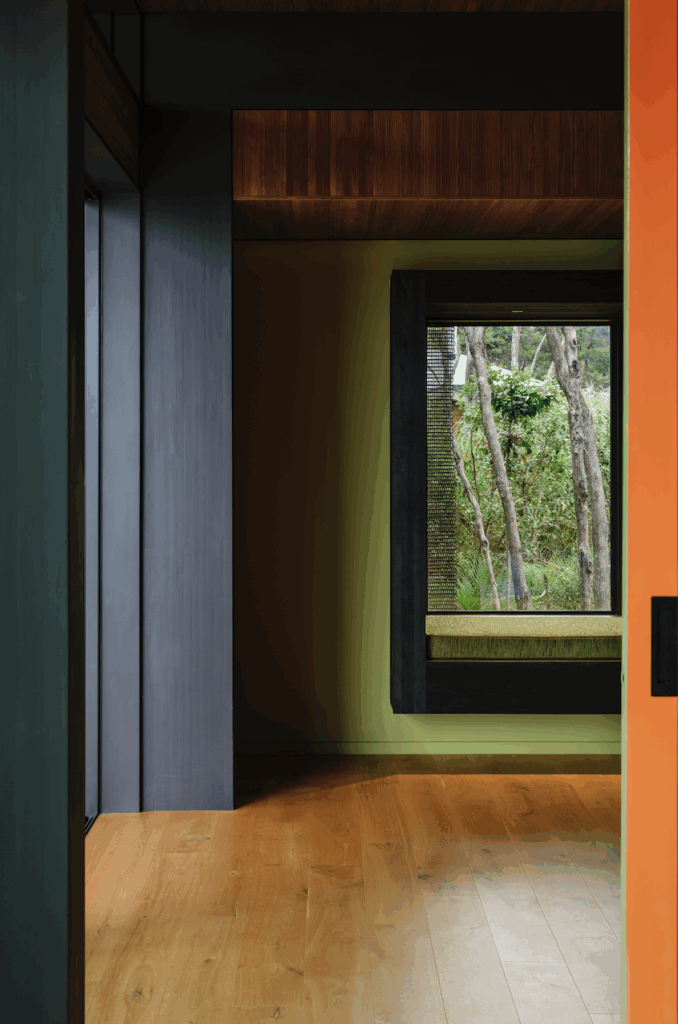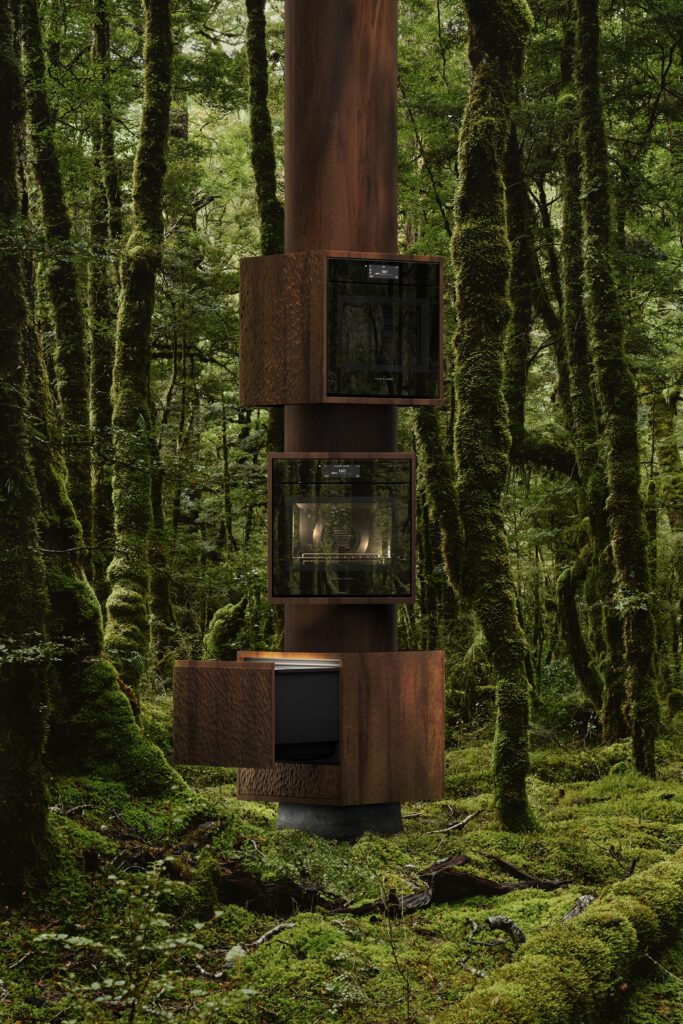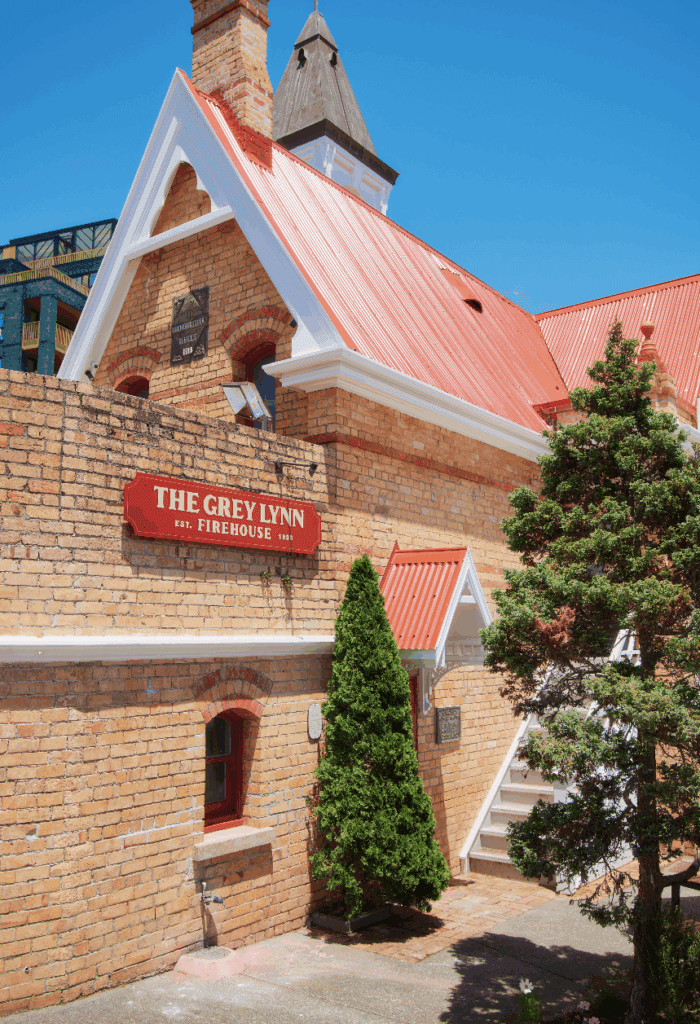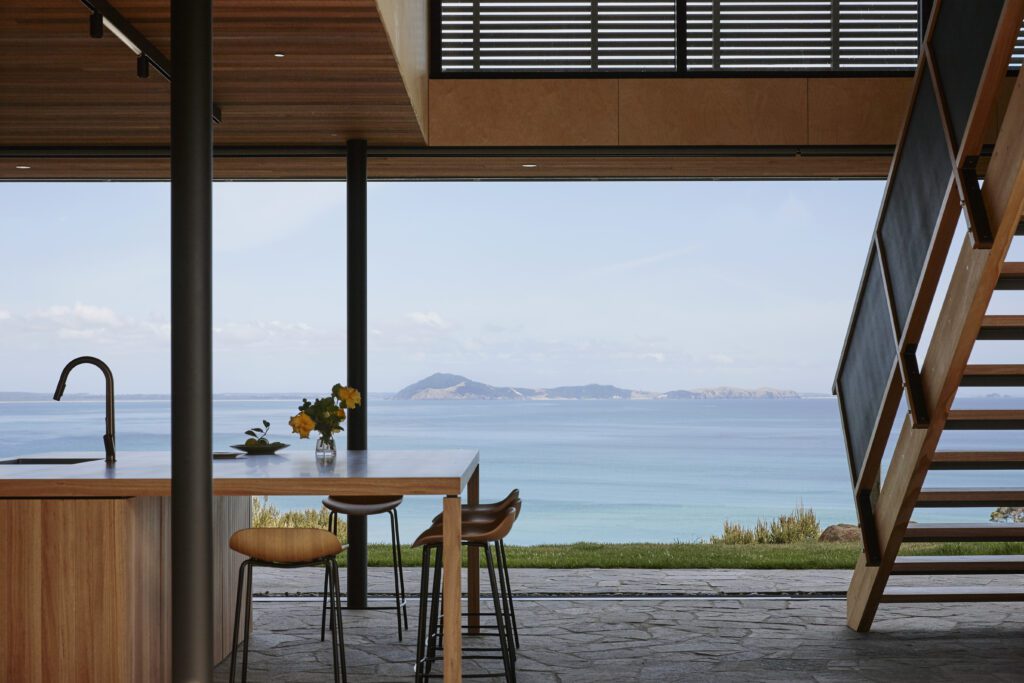Every year, more and more New Zealanders are handing over the keys to their petrol or dieselpowered vehicles in favour of EVs, but what does this mean for our household power bills, and what do we need to consider when it comes to choosing the right charger?
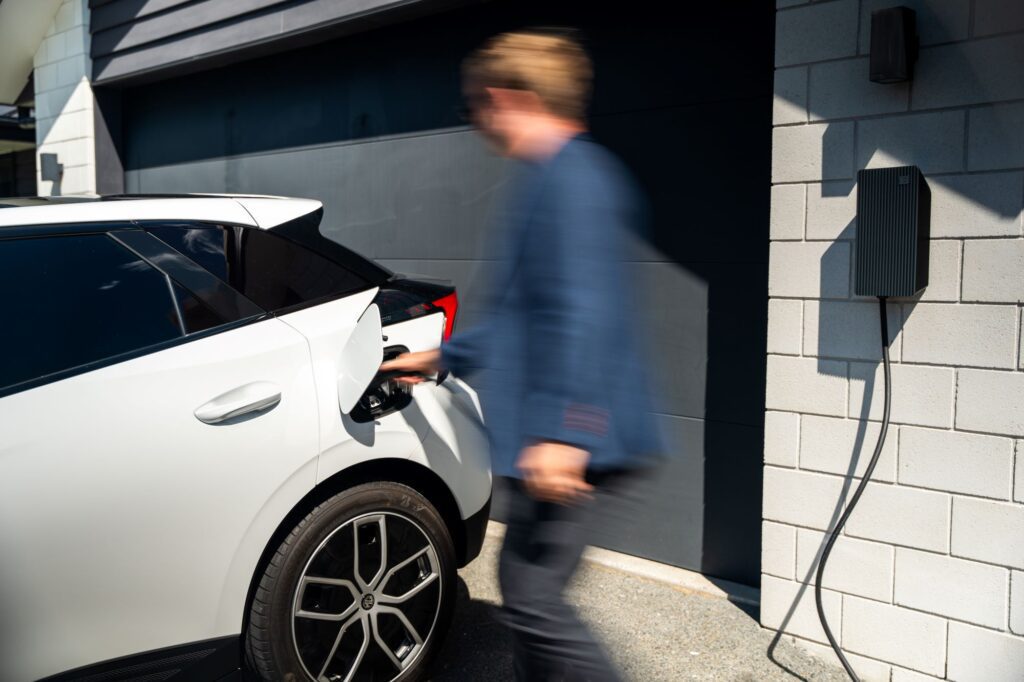
The first consideration, according to locally owned EV charger supplier We.EV, is to understand that charging your EV can take up to 50 per cent of your household energy supply at any one time, so ensuring you’re managing your home’s energy is vital. “While scheduling for cheaper power prices is a well-known solution, not many know about the power of smart home EV charging solutions,” We.EV’s Sam Montgomerie says.
Early discussions around New Zealand’s emerging public charging infrastructure used to dominate the conversation around the practicality of electric vehicles, but the reality is 90 per cent of charging takes place in the home, Sam explains.
It’s vital, then, that this new wave of energy demand is managed in a way that doesn’t cause significant spikes on the network. One way to solve that is with wall chargers such as those supplied by We.EV, which are equipped with the same software the company has developed for businesses, allowing end users to remotely adjust charging speeds during periods of high energy demand.
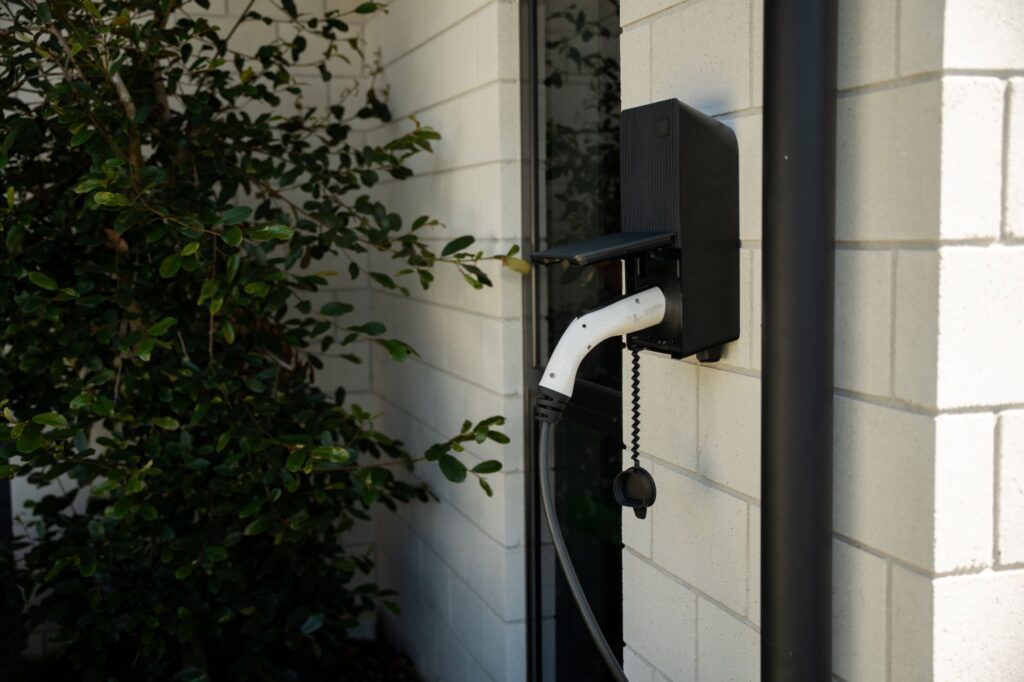
“With the right smart technology we can prioritise loads by preserving local networks and scheduling charging for a time in the evening when power is in less demand. It may not be common knowledge but individual homes have a set amount of electricity available to them at any given time. When we throw a faster EV charger into the mix,
it becomes important that these chargers have in-built smarts to protect your household. The standard residential EV charge is 7 kilowatts,” Sam says. “While that doesn’t mean much on its own, in context it means a lot — that is fully half of the average daily household electricity allocation. As EV numbers grow, we’ll soon see 50 per cent added to the draw of every home with an electric car in the garage.”
This is precisely the problem We.EV seeks to solve. “The real issue isn’t necessarily capacity and demand, it’s an efficiency problem. Our networks and infrastructure are designed and have run very effectively for 100 years or so, by catering for the demand spikes typically occurring in the mornings and evenings.
“Sure, you can plug in your EV at 5pm, but you could do it at 11pm and still have more than enough range for the next day’s drive. Or, with a smart charger, you can plug it in any time, and let it decide when power is cheapest.”
As We.EV continues to research and develop technology solutions that will provide smarter solutions for the electricity network and its customers, the first step for consumers is to understand the ways available now to contribute to the sustainability and resilience of the network with the adoption of smart chargers that seamlessly manage supply and demand.

